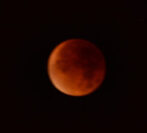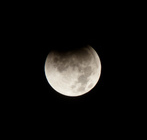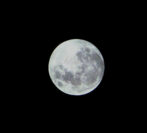Lunar Eclipses
What happens astronomically on the lunar eclipse?
A lunar eclipse happens at a Full Moon. The Earth is between the Sun and Moon, casting a shadow on the Moon’s surface. This is only visible to us if the exact time of the full Moon occurs during the night in our time zone. The culmination of tension and agitation at this time is very powerful.

There are three kinds of lunar eclipses: total, partial and penumbral.
Total Lunar Eclipse
During a total lunar eclipse, the Moon moves through the centre of the Earth’s shadow. At mid-eclipse, the entire Moon is in shadow, which may make the Moon appear blood red.

Partial Lunar Eclipse
During a partial lunar eclipse, the Earth moves between the Sun and Moon but they do not form a perfectly straight line. A small part of the Moon’s surface is covered by the darkest, central part of the Earth’s shadow – the umbra.

Penumbral Lunar Eclipse
During a penumbral lunar eclipse, the diffuse outer shadow of Earth falls on the Moon’s face. This kind of lunar eclipse is very subtle and much more difficult to observe than the total or partial eclipse. It is the least spectacular eclipse to view. At best, at the peak of the eclipse, you will notice a dark shading on the Moon’s face.

Lunar Eclipses in 2023
Penumbral Lunar Eclipse 5th May 18:23
Not visible from the UK.
Partial Lunar Eclipse 28th October 21:14
The eclipse begins at 19:01 and the Moon begins to dim. Around 20:35, the shadow of the Earth begins to move across the face of the Moon. The eclipse reaches maximum at 21:14. Because this a partial eclipse, we’ll see a part of the Moon in shadow rather than the red of a total eclipse. The eclipse ends at 23:26.

